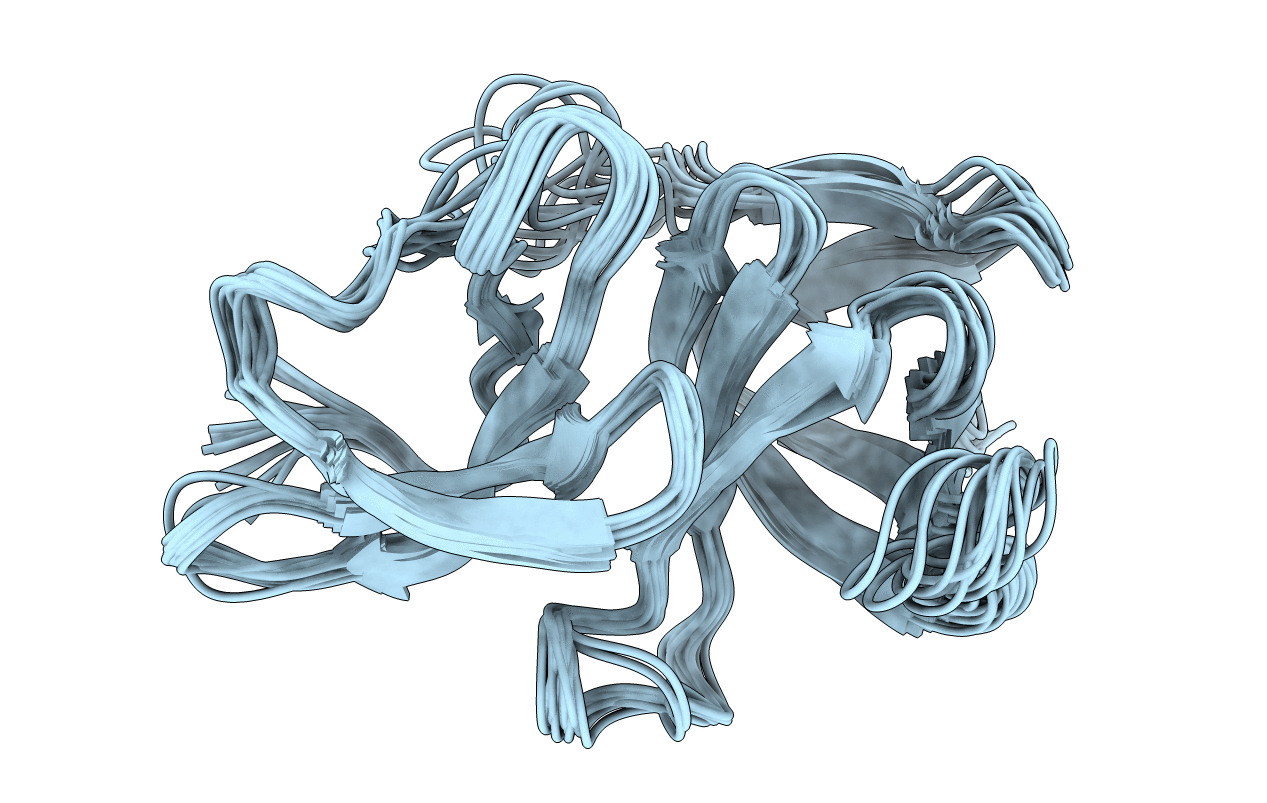
Deposition Date
2017-10-16
Release Date
2018-10-17
Last Version Date
2024-05-15
Method Details:
Experimental Method:
Conformers Calculated:
120
Conformers Submitted:
14
Selection Criteria:
structures with the lowest energy


